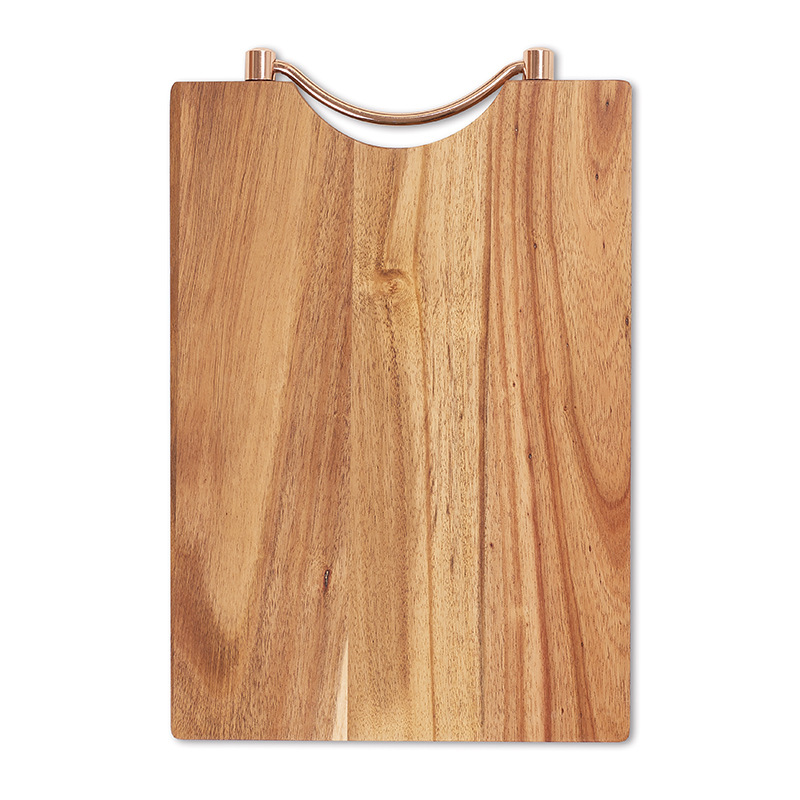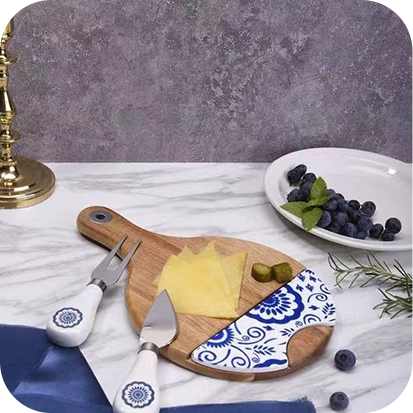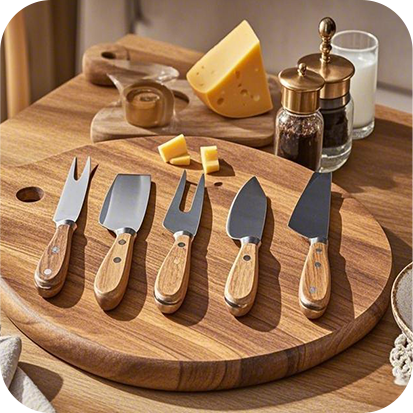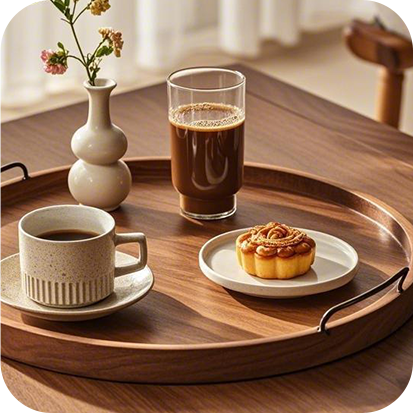Comparing Single-Sided and Reversible Cutting Boards: Which One Fits Your Kitchen?
Comparing Single-Sided and Reversible Cutting Boards: Which One Fits Your Kitchen?
The cutting board is an essential kitchen tool, but when choosing the right one, many people overlook a key design factor—whether the board is single-sided or reversible. This decision can significantly affect kitchen efficiency, food safety, sustainability, and even aesthetic value.
This article explores the differences between single-sided and reversible cutting boards, their advantages and disadvantages, and how each suits various culinary styles and kitchen setups.
Understanding the Basics
Single-sided cutting boards are designed with one primary usable surface. They may have specific features like juice grooves, non-slip feet, or engravings that make the board effective but limit its usage to one side.
Reversible cutting boards, on the other hand, are usable on both sides. They often feature a clean surface on one side and specialized features (like a meat groove) on the other, offering greater versatility.
When to Choose a Single-Sided Board
1. Specialized Use
Single-sided boards often excel in specific applications, such as meat carving or baking. For instance, a Food-safe silicone on-demand production Acacia wood Meat carving board includes embedded grooves and silicone edging to manage juices and prevent slipping—features difficult to implement on both sides.
2. Stability & Support
Many single-sided boards feature rubber feet or built-in handles for enhanced stability, making them ideal for heavy-duty cutting or chopping.
3. Aesthetic Personalization
Engraved or custom branded boards, often given as gifts or used for serving, typically use a single usable surface. These may include Dual function Whole Iconic Premium wood cutting boards, which double as showpieces and functional tools.
When to Choose a Reversible Board
1. Flexibility in Use
Reversible boards are perfect for kitchens where space is limited, or users need multipurpose tools. You can cut meats on one side and vegetables on the other without immediate washing. The Both-side usable Eco-safe Elegant Large acacia cutting board is a prime example, combining eco-design with practical double-sided use.
2. Sustainability and Efficiency
By using both sides, reversible boards reduce wear per surface, extending their overall lifespan and reducing replacement frequency. This aligns with sustainable kitchen goals, especially when paired with renewable materials like acacia.
3. Minimalist Design
Reversible boards often forgo feet or handles to ensure both sides remain usable. The Two-way use Green Everlasting acacia chopping board exemplifies this: minimalist yet built to last.
Material Considerations
Most reversible boards are made from solid, uniform materials such as hardwoods, ensuring durability without adhesives. Acacia is particularly suitable due to its density and antibacterial properties.
However, single-sided boards allow for more hybrid construction. For instance:
Material safety flexible design Acacia wood Bread cutting board combines natural wood with food-safe resins to offer enhanced grip and moisture resistance.
Hygiene and Food Safety
Reversible boards offer more flexibility when working with different food types, reducing the risk of cross-contamination. That said, users must maintain rigorous cleaning habits when flipping between sides.
Single-sided boards, especially those with silicone edges or antibacterial coatings, offer hygiene confidence in more structured environments like restaurants or catering.
Portability and Storage
Reversible boards are typically slimmer and easier to store flat. Single-sided boards with non-slip feet or contours may take more space but provide greater stability during use.
Travel chefs or outdoor cooks often prefer flat, double-sided boards for their compact nature, while home kitchens may lean toward sturdy, single-surface models.
Design and Branding
For commercial or retail use, both formats serve branding differently:
Single-sided: Ideal for engraved or promotional pieces.
Reversible: Suitable for showcasing craftsmanship and eco-appeal.
OEM manufacturers like YangJiang Stellar Kitchenware, a leading Chinese OEM manufacturer, offer both options with tailored branding, packaging, and eco-certification.
Final Thoughts
The decision between single-sided and reversible cutting boards ultimately depends on your cooking style, storage needs, and design preferences. Some kitchens benefit from a mix of both, with specialized single-sided boards for tasks like carving and baking, and reversible boards for everyday chopping.
Understanding these subtle differences ensures that your kitchen tools not only serve functionally but also reflect your values—be they sustainability, versatility, or performance.
Contact Us
For premium cutting boards—whether single-sided or reversible—crafted from sustainably sourced acacia wood, contact us, your dependable Chinese OEM cutting board manufacturer.
Email: info@justwoodencuttingboard.com
WhatsApp: +86 183 1248 3616
READ MORE:
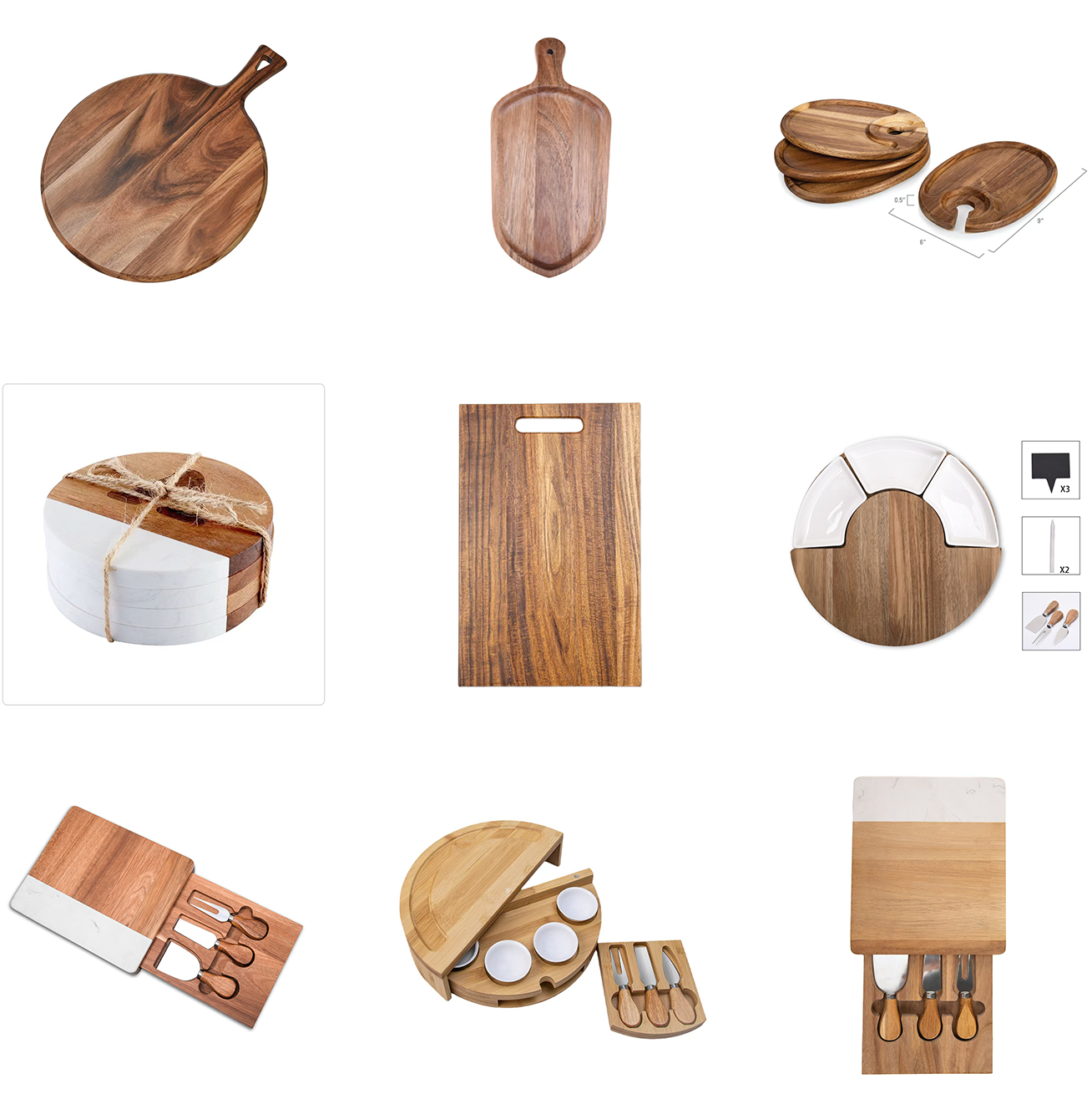

Yangjiang Cuthaven Kitchenware Co.,Ltd
Yangjiang Cuthaven Kitchenware Co.,Ltd.
specializes in the production and export of high-quality metal and wooden kitchenware. With over 16 years of experience in the industry, we have established ourselves as a trusted partner for businesses worldwide.








